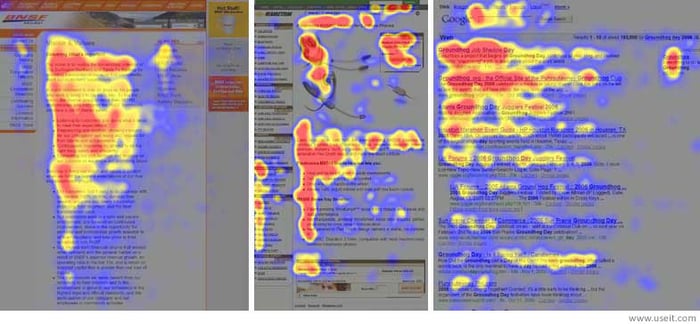Marketing is a continuously evolving field, with new technologies and strategies being developed each year. As consumer preferences change, marketers must adapt to continue reaching their audiences.
Neuromarketing is one technique marketing professionals use to elicit specific reactions from consumers through TV commercials, print ads, and product packaging.
In its simplest form, neuromarketing is a technique that applies neuroscience to obtain more accurate insights into consumer behavior. It typically uses medical techniques such as brain imaging, eye scanning, and emotional measurement to better understand potential customers and the psychological factors that impact the effectiveness of marketing to them.
In 2019, advancements in neuromarketing will continue to amplify savvy brands’ marketing efforts. Here are some neuromarketing trends to watch for—or perhaps try for yourself—this year.
* * *
Improved Accessibility
Technological advancements have made research and marketing tools more universally attainable than ever before.
Because this equalizes access among businesses, executives need to be flexible and focus on opportunities that can reduce costs while increasing innovation.
Neuromarketing tools, in particular, are becoming increasingly available and therefore upping the competition among marketing researchers. In 2019, tech-savvy marketers will certainly find the most success.
Eye Tracking
Eye tracking is a form of heat mapping that tracks a viewer’s eye movements. It’s used to evaluate marketing content on mobile apps, websites, and other digital marketing channels.
Effective usages of eye tracking rely on a marketer’s ability to know what their target audience is attracted to and the ultimate goal behind the campaign (i.e. sales). By subtly directing consumers to look at the essential parts of an ad, marketers can indirectly influence consumers’ minds throughout their purchase journey.
In 2019, eye tracking is expected to become an integral part of marketing research due to its improved accessibility. Eye movement data not only provides invaluable insight into consumers’ interactions with ads, it can also positively influence the size, color, and design elements of future advertisements.
A couple of leading methods to keep an eye out for include:
- Directional clues: It’s human nature to look in the direction an image is pointing. Therefore, marketers include images that direct a viewer’s gaze to where they want consumers to look.
- The F-Pattern: Studies show people almost always scan screens in an F-shaped pattern, strongly favoring the left side of the screen.

Emotional Measurement
A brand may use different marketing strategies to conjure specific emotions in their audience. Because emotions play a large role in our decision-making, it makes sense that they also play a major role in marketing as well.
The biggest challenge for marketers is maintaining the connection between their brand and the audience, so understanding the emotional journey a customer takes through a purchasing decision takes can enable marketers to craft effective ad campaigns.
People typically convey how they are feeling through facial expressions; face-reading technologies allow marketers to uncover hidden consumer reactions at valuable moments.
For example, software such as Emotient measures emotional reactions by analyzing facial expressions, identifying and tracking emotions throughout a commercial, and storing previously recorded faces for future analytics.
Each incremental emotional reaction can provide insight into any part of an ad that interferes with the desired feeling or effect, allowing brands to adjust the ad and predict its effectiveness with greater accuracy.
Sensory Appeal
Appealing to a customer’s basic senses can dramatically improve a brand’s marketing efforts. By stimulating consumers’ sight, hearing, taste, or smell, brands can evoke desired feelings in their customers and prime them to buy.
The effectiveness of this method of neuromarketing comes from the direct connection between our senses and the area of our brain responsible for memories, feelings, pleasure, and emotions. This is why some stores disperse pleasing scents to convey a high-end feel. This gives shoppers the instinctive impression that the store and its products are exclusive and of high quality.
Consequently, many brands emphasize sensory appeal in their marketing strategies. Any additions that make campaigns more human-centric and memorable are favorable.
* * *
Marketing is all about predicting and guiding outcomes. All brands struggle to understand which campaigns will gain a following, and why.
With neuromarketing, much of the guesswork can be eliminated, as it influences the subconscious rather than the conscious mind. We hope these insight help you improve your marketing strategies in 2019 and beyond.
 Guest Post Contributor
Guest Post Contributor
Maddie Davis is the co-founder of Enlightened Digital and a tech-obsessed female from the Big Apple. She lives by building and redesigning websites, running marathons, and reading anything and everything on the NYT Best Sellers list.
.png?width=250&height=153&name=CSI-OverskiesRebrand_LOGO-01(smaller).png)

.png?width=100&height=61&name=CSI-OverskiesRebrand_LOGO-01(smaller).png)


.png?width=88&name=CSI-OverskiesRebrand_LOGO-01(smaller).png)



